As we discussed in the earlier post, The Tree of Knowledge as a Metaphor for Superposition of States and Heisenberg’s Uncertainty Principle, the Heisenberg uncertainty principle is a direct consequence of wave-particle duality. If so, shouldn’t we expect to see some hints at the wave nature of reality in the narrative of the Garden of Eden?
And the Tree of Life (Etz HaChaim): what was it doing in Eden? It appears in the narrative only twice—in the very beginning and at the very end of the story of the primordial sin—almost as if to put a frame around the picture. At the start of this narrative, the verse states:
And the Lord G‑d planted a garden eastward, in Eden; and there He put the man whom He had formed. And out of the ground made the Lord G‑d to grow every tree that is pleasant to the sight, and good for food; the tree of life also in the midst of the garden, and the tree of the knowledge of good and evil. (Genesis 2:8–9)
Adam was not prohibited from tasting the fruits of the Tree of Life. This tree, once mentioned, retreats into the background and is not mentioned again until the very end of the story:
And the Lord G‑d said: “Behold, the man is become as one of us, to know good and evil; and now, lest he put forth his hand, and take also of the tree of life, and eat, and live for ever.” Therefore, the Lord G‑d sent him forth from the garden of Eden, to till the ground from whence he was taken. (Genesis 3:22–23)
What is the role of the Tree of Life in this story of the primordial sin? What is the relationship between the Tree of Life and the Tree of Knowledge of good and evil?
Let us begin with a brief introduction to wave-particle dualism and wave mechanics.
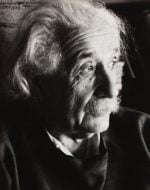
In 1905, Albert Einstein showed that light—notwithstanding its wavelike properties such as frequency and wavelength—is made up of photons, the quanta of light.[1] Louis de Broglie[2] thought that if photons can be both particles and waves, why not electrons and all other particles? He proposed that all particles of matter have wavelike characteristics, such as wavelength and frequency, associated with them.
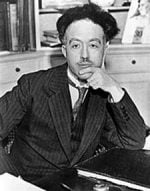
De Broglie proposed simple formulas to link particle-like characteristics, such as energy and momentum, with wavelike characteristics, such as frequency and wavelength: λ = h/p and ν = E/h, where h is the Planck constant, λ is the wavelength, and ν is the frequency of the wave associated with the particle, whereas p and E are the momentum and the energy of the particle, respectively. This relationship between corpuscular (i.e., particle-like) and wavelike properties of matter proposed by de Broglie is called wave-particle duality.

In 1925, Erwin Schrödinger,[3] inspired by the ideas of de Broglie, proposed the equation for the wave function that became the main equation of quantum mechanics. The Schrödinger equation describes the evolution of the wave function over time. However, the nature of the wave function was unclear. Initially, like de Broglie, Schrödinger thought that the wave function was a physical wave associated with electrons and other particles. However, attempts to interpret the wave function as a physical wave did not prove successful.[4]
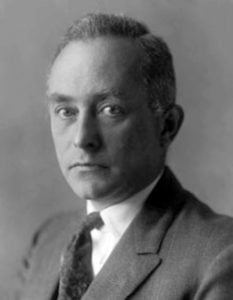
In 1926, Max Born[5] interpreted the wave function as the probability amplitude.[6] The mathematical formalism for quantum mechanics developed by de Broglie, Schrödinger, and Born is known as wave mechanics, in that it relies on the wave function to describe the states of a given physical system.
The Heisenberg uncertainty principle, which was initially postulated ad hoc, naturally emerges from wave mechanics as a consequence of the Fourier transform,[7] which transforms the description of waves from the time domain to the frequency domain.

If wave representation is so critical to quantum mechanics, where do we find the notion of the wave in the narrative of the primordial sin?
First, let us note that the wave function is defined on a Hilbert space—an abstract extension of the well-known Euclidean space. The so-called spin space used to describe such binary properties as spin, which has only two values—up and down—is a two-dimensional Hilbert space. Similarly, pre-sin true-false judgments are binary—true or false—as are post-sin good-bad judgments: good or bad. Consequently, these variables also constitute a spin space, i.e., a two-dimensional Hilbert space.
One of the oldest known books of Kabbalah, Sefer Yetzirah (the Book of Formation), defines such spin space in its description of the ten sefirot (Divine emanations):
A depth of beginning, a depth of end;
a depth of good, a depth of evil;
a depth of above, a depth of below;
a depth of east, a depth of west;
a depth of north, a depth of south.[8]
While this description as a whole defines a five-dimensional space (or spacetime, in that time is included in it), the first two lines may be taken separately to describe the spin space:
a depth of beginning (sefirah of Chokhmah), a depth of end (sefirah of Binah)— intellectual faculties judging what is true and what is false; and
a depth of good (sefirah of Keter), a depth of evil (sefirah of Malchut)— representing good and evil.
These two lines define a two-dimensional Hilbert space—a spiritual spin space, as it were.
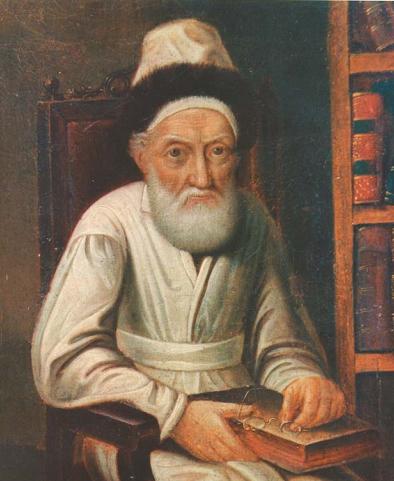
But where is a wave or, at least, a hint at a wave? We find such a hint in the writings of Rabbi Menachem Mendel Schneersohn of Lubavitch—the Tzemach Tzedek—the third Rebbe of Chabad (1789–1866). The Tzemach Tzedek identifies the Tree of Life with the sefirot Chokhmah and Binah (including six lower sefirot—midot[9]—of Ze’er Anpin), whereas the Tree of Knowledge is identified with the sefirah of Malchut.[10] In fact, the Zohar frequently refers to Malchut as the tree of good and evil—in other words, the Tree of Knowledge.
The sefirot represented by the Tree of Life are Chokhmah (Ḥoḵmah), Binah, Da’at, Chesed, Gevurah, Tiferet, Netzach, Hod, and Yesod. They are usually presented as three triads placed on top of each other:
This graphic representation, however, is an oversimplification, because it ignores the sequence of the sefirot. In the unfolding order of the Creation, the sefirah of Chokhmah was created first, followed by the rest of the sefirot: Binah, Da’at, Chesed, Gevurah, Tiferet, Netzach, Hod, Yesod, and Malchut. In the first universe—Olam HaTohu, which preceded the creation of time—this sequence is not to be understood as temporal but rather as causal. In any event, this set of sefirot is an ordered set. To account for this order, we need to present the first nine sefirot that make up the Tree of Life as follows:
If we position this picture horizontally, we immediately see that all these sefirot are aligned on a sinusoid or a sine wave:

We found our wave hidden in the mystical symbolism of the Tree of Life! We see now that, in a manner of speaking, the Tree of Life symbolizes the wave function. It is not coincidental that the tree representing the wave is called the Tree of Life. In Kabbalah, life is the result of a periodic rhythm of mati velo mati (touching and not touching) or ratzo vashov (running and returning). As the ocean waves rush ashore only to retreat back into the ocean, the waves of the Divine light (Ohr Ein Sof) rush ashore into the created universe only to retreat back to their source to make room for the worlds to exist.
This leaves us with the question, What is the Tree of Knowledge?
In the language of the Zohar, as further explained by the Tzemach Tzedek, the Tree of Knowledge represents the single sefirah—Malchut. Ecclesiastes (Kohelet) wrote:
All rivers flow into the sea…” (Ecclesiastes 1:7)
The Zohar calls the sefirah of Malchut “the sea”—it is the sea into which all rivers flow.” Rivers are the six sefirot of Zeer Anpin (the Z”A), which all merge into Malchut. The sefirah of Malchut has nothing of its own—it only actualizes the potential possibilities received from other sefirot. The revelation of the Malchut is analogous to the collapse of the wave function, which also actualizes potential outcomes present in the wave function. Indeed, before the collapse, the wave function only predicts the probability of finding the particle in any particular place (or finding the system in any particular state), but it can never predict where the particle is going to be found (or in what state a given system will be found). In Kabbalah, it is called the splitting of the sea (kriyat yam suf)—the revelation of the hidden reality (olam d’iskasya) into the open (olam d’isgalya).
Thus, the Tree of Knowledge, which is symbolic of the sefirah of Malchut, could be seen as a metaphor for the collapse of the wave function. The measurement that collapses the wave function reveals the actual position (or the state of the system), thereby creating new knowledge. This explains why it is called the Tree of Knowledge—as the collapse of the wave function reveals heretofore-unknown knowledge of the state of the system so too the tree of knowledge of good and evil revealed the knowledge about good and evil heretofore unknown to humans. By interacting with this tree through eating its forbidden fruit, i.e., by acting as participating observers, Adam and Eve caused the collapse of the wave function that revealed to them the knowledge of good and evil, which until their sin was in the state of the superposition.
And the eyes of them both were opened, and they knew that they were naked…” (Genesis 3:7)
It is the commission of the primordial sin that caused the collapse of the wave function and the moral collapse of humanity.
Endnotes:
[1] Einstein was awarded the Nobel Prize in Physics in 1921 for his theory of the photoelectric effect based on the quantum theory of light.
[2] French physicist Louis Victor Pierre Raymond de Broglie (1892–1987) received the Nobel Prize in 1929 for predicting the wavelike behavior of matter.
[3] Austrian physicist Erwin Rudolf Josef Alexander Schrödinger (1887–1961), who won the Nobel Prize in Physics in 1933 for his contribution to the development of quantum mechanics.
[4] The pilot wave theory, originally proposed and then abandoned by de Broglie and later resurrected by David Bohm (Jewish-American physicist, 1917–1992), still remains a viable theory. Alternatively known as Bohmian mechanics or the de Broglie-Bohm theory, it is a nonlocal interpretation of quantum mechanics, in which the pilot wave also obeys the Schrödinger equation.
[5] Jewish-German physicist and mathematician Max Born (1882–1970), who received the Nobel Prize in 1954 for his statistical interpretation of quantum mechanics.
[6] The modulus of the wave function Ψ squared is equal to the probability density.
[7] The Fourier transform decomposes a function of time into its component frequencies. Like a skilled chef who can taste a dish and identify the ingredients and the recipe, the Fourier transform identifies not only the frequency “ingredients” in a complex sound, an electric signal, or any pattern in time but also the “recipe” according to which these ingredient frequencies make up the original signal or function. Based on what it sees, the Fourier transform tells you how it is made. We use the Fourier transform every time we adjust the bass or treble on our speakers, an act that is possible only because the engineers who designed the speakers used the Fourier transform to separate various constituent frequencies and allow you to manipulate them at will.
[8] Sefer Yetzirah 1:5
[9] Midot are the lower seven sefirot, which are Chesed, Gevurah, Tiferet, Netzach, Hod, Yesod, and Malchut.
[10] In this context, the reference is made to the sefirot of the world of Aẓilut. See Yahel Or commentary on Tehilim (Psalms).
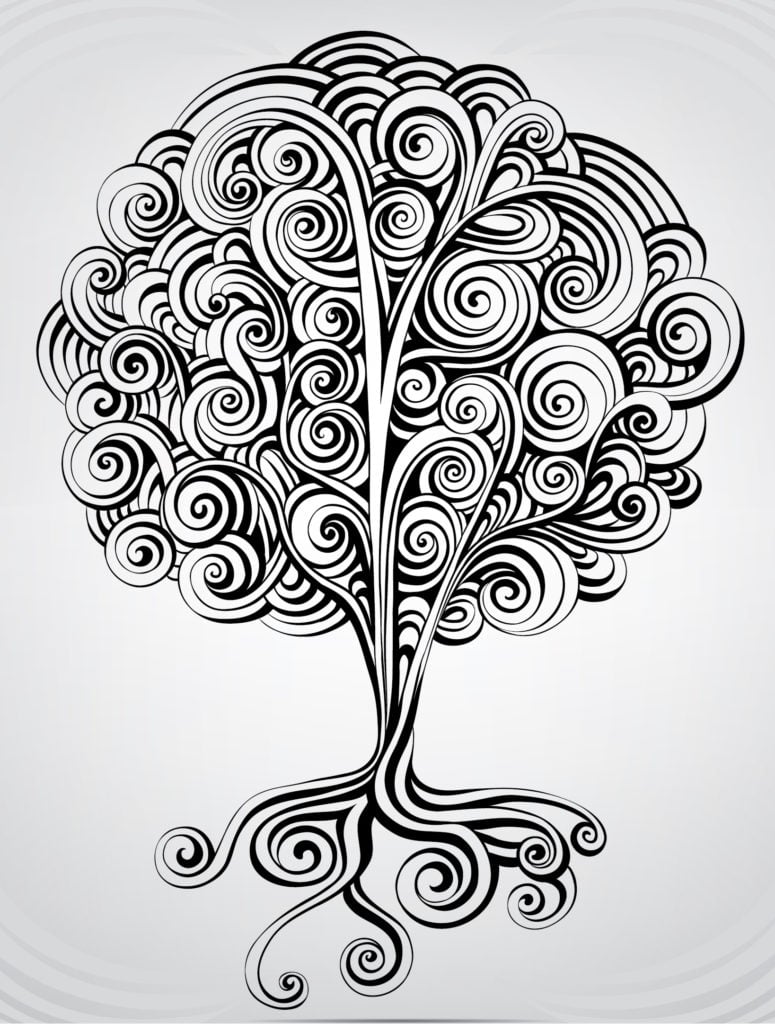
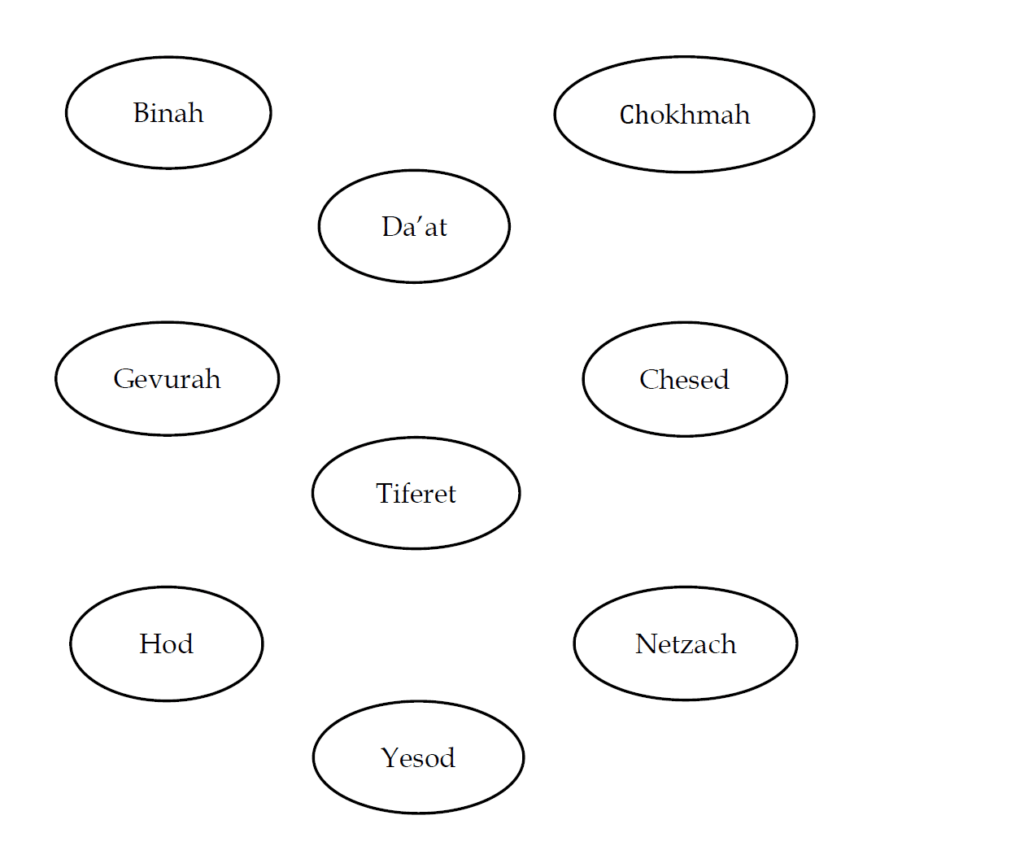

Typo on “splitting of the see” — otherwise, phenomenal.
Let me add some supporting remarks.
There are suggestions that the Tree of Knowledge is Science and the Tree of Life is Torah. Science means first and foremost -measurement. As a result of the measurement, a multiple reality becomes single valued.
Adam could see from the end of the world till the end of the world (Hagiga 12a), like a free particle that is located simultaneously everywhere. Apparently, his observation did not result in the collapse of the wave function.
On the other side. Torah has seventy faces. Would Adam eat first from the Tree of Life and afterwards from the Tree of Knowledge, he would be able not only to observe the multi faced reality but understand how all these faces fit together.
So why he did not eat first from the Tree of Life? Moreover, the first commandment he was given was “of every tree of the garden you should eat”. This was not a free choice but an positive commandment. Actually the question of the serpent was : despite (אף) the word of G-d , you will not eat from all trees? (alluding to the fact that they are not eating from the Tree of Life ). And the answer of the woman was two fold. First: we may eat (instead of must eat) of the fruit of trees (instead of threes themselves as commanded, thus excluding the tree of life which had no fruits). And second , regarding the Tree of Knowledge, see added prohibition even to touch it.
So again, why Adam an Eve did not eat from the Tree of Life?
For that sake one should understand that both trees: of Life and of Knowledge, were at the same spot: in the middle of the Garden. How is it possible? I suggest that the Tree of Knowledge was surrounding the Tree of Life. Thus in order to eat from the Tree of Life one had to touch the Tree of Knowledge. But Adam told his wife that it is forbidden even to touch the Tree if Knowledge (since women are light minded). Hence he prevented her and himself from eating from the Tree of Life, i.e. from learning Torah. From this connection we can infer that the real understanding of Torah is not possible without at least touching the science.
There is more to it, in particular the location of the Garden of Eden in Jerusalem.
Thank you!